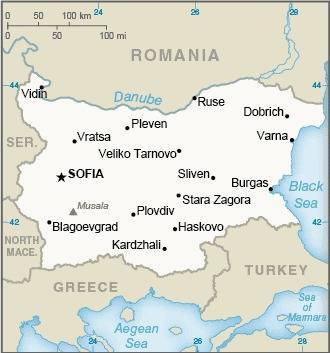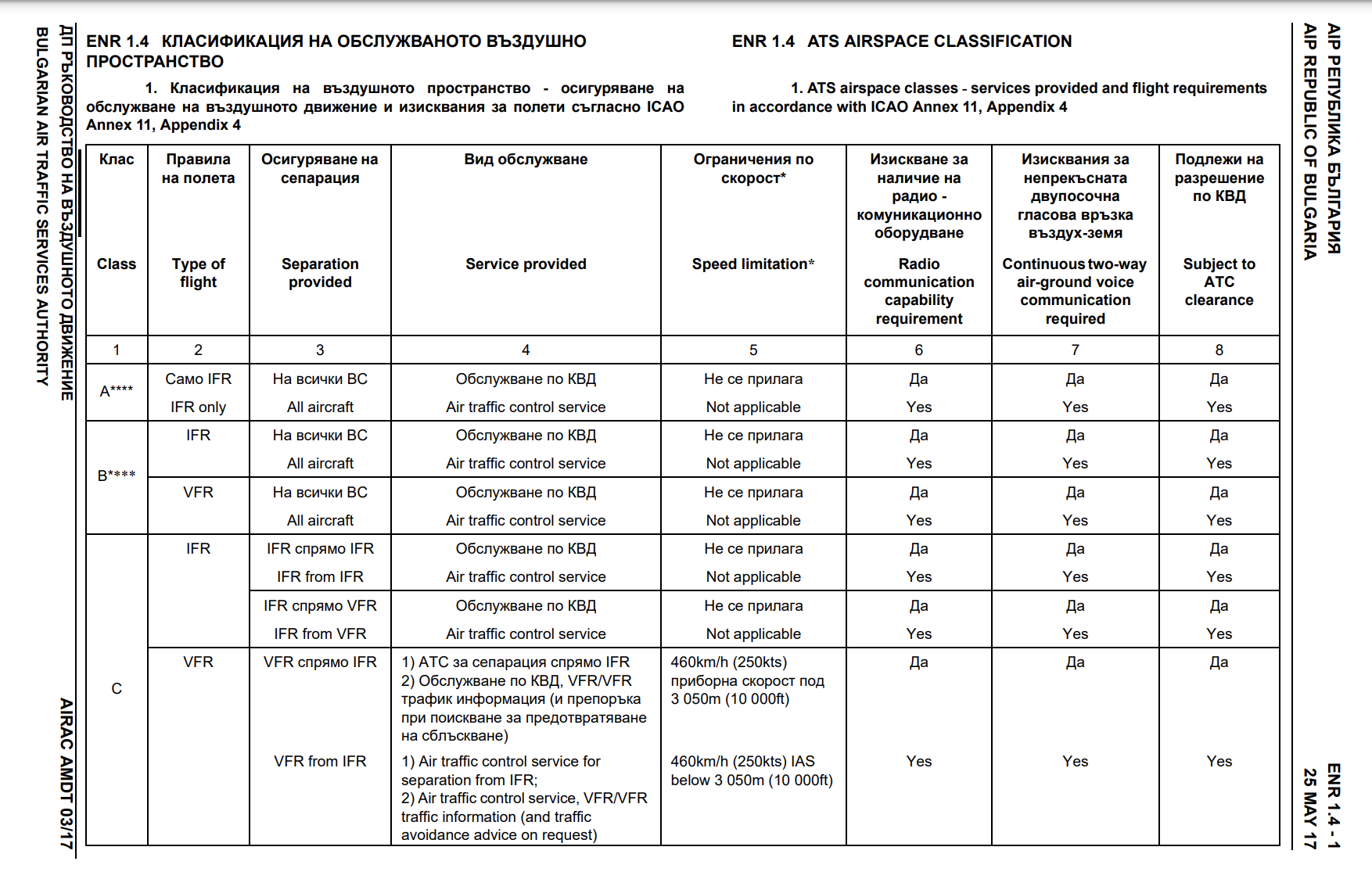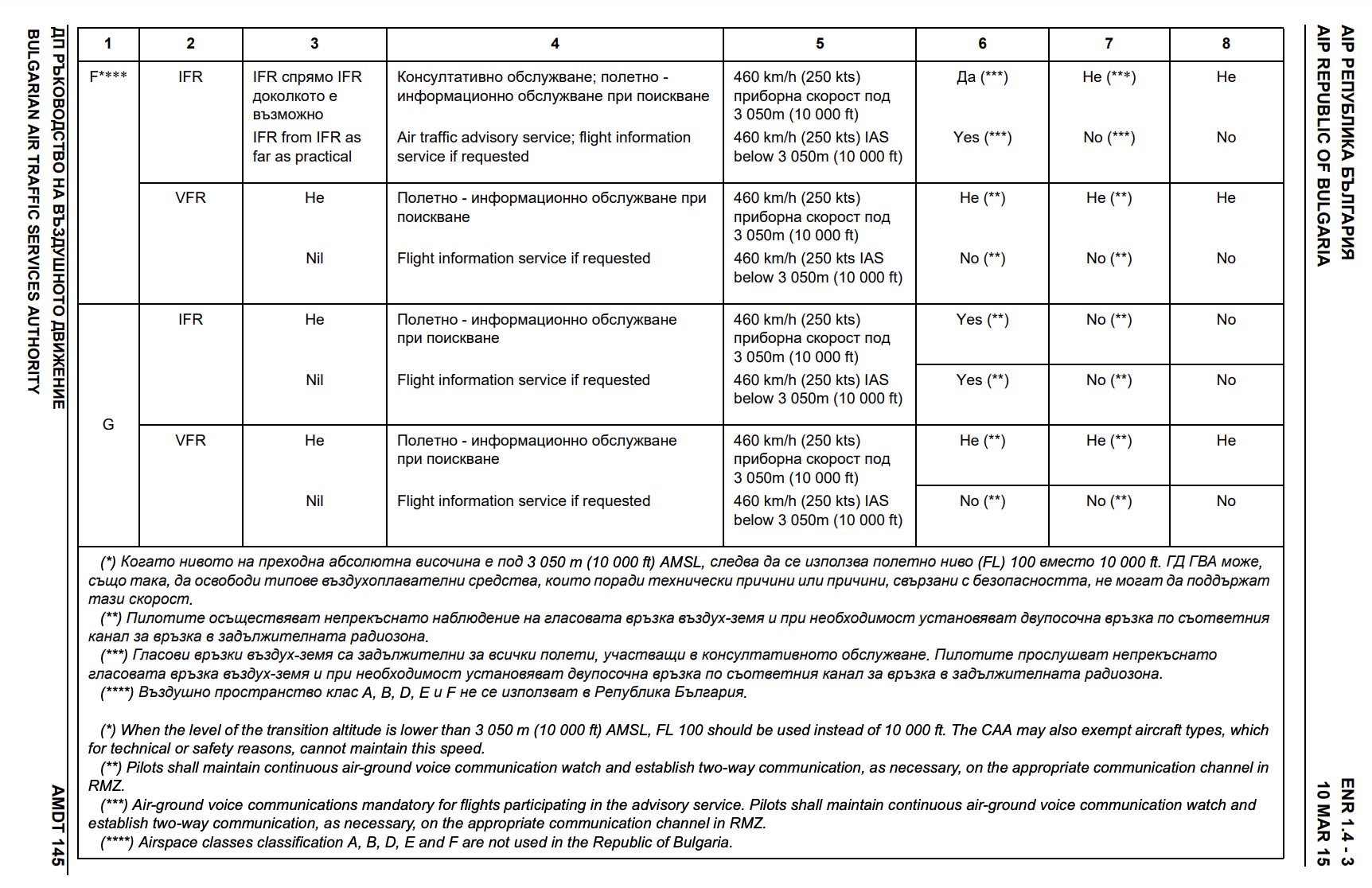60 Bulgaria

Three equal horizontal bands of white (top), green, and red. The pan-Slavic white-blue-red colors were modified by substituting a green band (representing freedom) for the blue.
Flag courtesy of the CIA World Factbook

Map courtesy of the CIA World Factbook

Belogradchik Rocks near Vidin. Each of the limestone rocks has its own name.
Photo courtesy of the CIA World Factbook
Government
According to Britannica, in July 1991 the National Assembly adopted a new constitution establishing a parliamentary government and guaranteeing direct presidential elections, separation of powers, and freedom of speech, press, conscience, and religion. New laws allowed for the return of the properties that had been confiscated by the previous communist governments. Other laws aimed at meeting EU standards were passed, including those regarding competition, foreign investment, intellectual property rights, and a commercial code.
Under the terms of the 1991 constitution, Bulgaria is a parliamentary republic, i.e., the prime minister is elected by the majority party (or coalition of parties) in the National Assembly (parliament). The president, who is elected for a five-year term, is the head of state. The president schedules national referenda and elections for the National Assembly, serves diplomatic and other functions, and promulgates and can veto laws.
According to the constitution, the nation’s governing body, the Council of Ministers, is proposed by the president in consultation with the various groups of the National Assembly and with the majority party’s candidate for prime minister. Comprising the prime minister, deputy prime ministers, and ministers, the Council of Ministers is charged with coordinating and overseeing the implementation of policies on both domestic and foreign issues in accordance with the constitution and laws of Bulgaria.
The National Assembly, a unicameral, representative body composed of 240 members, constitutes the legislative branch of the government. It passes and amends laws, ratifies treaties, levies taxes, and retains the power to pass a motion of no confidence in the Council of Ministers or the prime minister, thereby compelling the resignation of the council. Members of the National Assembly serve four-year terms.
Township councils embody state power at the local government level. The members of the township councils are elected by the inhabitants of the township to four-year terms. Executive power at the level of local government lies with the elected mayor of a township. Between the township and state levels of government is the oblast, or province, government.
The court system consists of the Supreme Court of Cassation, the Supreme Administrative Court, local courts, courts of appeal, and military courts. The constitution provides that specialized courts may also be established. At the head of the prosecutorial structure is the prosecutor general.
The High Judicial Council, consisting of 25 members, appoints judges, prosecutors, and investigators. The members of this council are appointed by the National Assembly and judicial authorities. The Constitutional Court, composed of 12 justices (each of whom serves a nine-year term), is charged with interpreting the constitution and ruling on the legality of measures passed by the National Assembly. The parliament, the president, and the supreme courts each appoint four justices.
Civil / National Aviation Authority (CAA/NAA)
Member States of the European Union are obliged to establish a National Supervisory Authority (NSA) in order to carry out the tasks assigned to such a body under Single European Sky Legislation. In order to implement the provisions of the regulations for the Single European Sky, the Republic of Bulgaria with amendment of Art. 16c of the Civil Aviation Act, designated the Directorate General of Civil Aviation Administration as the National Supervisory Authority (NSA) with regard to the safe and effective operation of air navigation service providers.
Airspace
SkyVector – Google Maps – ADS-B Exchange
ICAO countries publish an Aeronautical Information Publication (AIP). This document is divided into three parts: General (GEN), En Route (ENR) and Aerodromes (AD). ENR 1.4 details the types of airspace classes they chose to adopt from classes A through G. BULATSA AIP



ANS – National Supervisory Authorities ensure the supervision of the ATM regulatory framework in all EU Member States. They are in particular responsible for the certification and supervision of air navigation service providers (ANSPs). National Supervisory Authorities shall be independent of ANSPs. This independence shall be achieved by adequate separation at functional level at least between NSA and such service providers. The legislative framework of the Republic of Bulgaria ensures that the NSA exercises its powers impartially and transparently. The Republic of Bulgaria has established the NSA by a change to the Civil Aviation Act (LWC) of 01 January 2012 Art. 16c.
The main tasks assigned to NSA in the Republic of Bulgaria under the Single European Sky legislation are:
- Certification of ANSPs;
- Continuous supervision of compliance with regulatory requirements for the provision of ANS;
- Ensuring compliance with the charging principles for air navigation services;
- Application of safeguards under the Interoperability Regulation;
The national supervisory authority shall be responsible for organizing and conducting inspections and studies in order to verify the compliance of an ANSS with the single European sky legislation. The NSA may decide to entrust checks and studies falling within their competence to qualified organization. The role and responsibilities of NSA for air traffic management oversight/air navigation services and other network air traffic management functions are further described in Implementing Regulation (EU) 201/373.
Drone Regulations
Registration of UAS operators – UAS operators shall register themselves in compliance with Implementing Regulation (EU) 2019/947. UAS operators shall register themselves in the Member State where they have their residence for natural persons or where they have their principal place of business for legal persons and ensure that their registration information is accurate. A UAS operator cannot be registered in more than one Member State at a time.
For registration of UAS operators – Registration of a UAV operator is mandatory if a person intends to carry out flights with a UAV (except for the provided exceptions. Registration of a BLS operator is an administrative procedure. Registration itself does not give rights to flights. All requirements of Implementing Regulation (EU) 2019/947 should be followed in order to operate UAV flights, such as training personnel, developing operational procedures and applying for authorization where necessary. The information entered during the registration of a BLS operator is required according to Art. 14 of the Implementing Regulation (EU) 2019/947, as well as for the unambiguous identification of the person. DG GVA is the administrator of personal data and your data is processed to meet the requirements of Art. 14 of Implementing Regulation (EU) 2019/947. The data will be processed for the purposes of enforcement, management and supervisory activities in accordance with the Implementing Regulation (EU) 2019/947.
In connection with the obligation to share and exchange the data, your data may be provided to the law enforcement authorities (in particular: the Ministry of the Interior, the National Security Agency, etc.), the Aviation Safety Agency of the European Union and the competent authorities specified in Art. 74 of Regulation (EU) 2018/1139 of the European Parliament and of the Council of July 4, 2018 on general rules in the field of civil aviation.
Cross-border operations or operations outside the state of registration – When an UAS operator intends to conduct an operation in the ‘specific’ category for which other Member State has already granted an LUC or an operational authorization in accordance with Article 12 of Implementing Regulation (EU) 2019/947, and which is intended to take place partially or entirely in the airspace of Republic of Bulgaria, the UAS operator shall provide the DG CAA with an application via e-mail uas@caa.bg or post or at the DG CAA front desk no later than 7 days before the expected date of start of the operation.
Application for a cross-border UAS operation in the ‘specific’ category
UAS operation in prohibited / restricted areas or reserving airspace for UAS operations – When an UAS operator intends to operate UAS in a prohibited / restricted area or it is necessary to reserve airspace for the UAS operation to mitigate the risk, the UAS operator shall provide the DG CAA with an application via e-mail uas@caa.bg or post or at the DG CAA front desk no later than 7 days before the expected date of start of the operation.
Application for conducting flights with UAS in forbidden/restricted zones or reservation of airspace
Remote pilot training – Any person who will fly a UAS in the open category, as defined in Article 4 of Implementing Regulation (EU) 2019/947, shall complete training and examination.
For subcategory A1/A3 it is necessary to complete online training followed by completing successfully an online theoretical knowledge examination through the X-TESLA platform.
For subcategory A2, in addition to the online training and the online theoretical examination, it is necessary to pass an additional theoretical examination provided by DG CAA.
The training and examination requirements does not apply to persons operating with UAS that has an MTOM of less than 250 g.
For the online training and examination and the application for an A2 examination as well click on https://x-tesla.caa.bg
DEPICTING AREAS IN WHICH FLIGHTS OF UNMANNED AIRCRAFT (SYSTEMS) BVS/UAV (DRON) ARE PROHIBITED OR RESTRICTED
“Flights with UAVs (drones), regardless of their weight and whether they are equipped with sensors for capturing personal data, are performed only up to a height of 120 (one hundred and twenty) meters above the earth’s surface outside the UAV geographical areas, subject to the conditions and the unrestricted category rules set out in Implementing Regulation (EU) 2019/947.
Drone flights in the geographical areas of the BLS are carried out according to the conditions published in this section of the DG GVA website.
Every remote control pilot should know and follow the rule that the distance from multiple people should be at least equal to the height of the flight, i.e. as the height of the flight increases, the minimum distance from the multitude of people also increases (Note: multitude of people means places where such a number of people gather that it is impossible for them to move away from the place – (‘assemblies of people’ means gatherings where persons are unable to move away due to the density of the people present)).
Every remote control pilot, immediately before the planned flight, should familiarize himself with the geographical areas of the UAV, depicted on the interactive maps of the DG GVA website.
When working with the interactive map (geographic areas of BLS):
- disable all layers;
- select with the pointer (cursor) of the mouse the area in which you plan to conduct the flight;
- using the plus/minus buttons, select the scale and specify the desired region, town, street, etc.
- activate the layers one by one to check if the area/route where you plan to fly the UAV falls within any of the geographic zones.
- find out the flight conditions in the geographical area by positioning the mouse pointer over the area.
When working with the second interactive map (temporarily reserved, dangerous, restricted and no-fly zones)
- select with the pointer (cursor) of the mouse the area in which you plan to conduct the flight;
- using the plus/minus buttons, select the scale and specify the desired region, town, street, etc.
- If the area/route of the planned UAV flight falls into an activated area for manned aircraft, the flight will not be performed if the operator does not have the necessary permits from DG GVA.
NOTE : During the flight, every remote control pilot is obliged to check every 15 (fifteen) minutes if there is an activated zone affecting the area in which the flight is being conducted and, if there is one, to terminate the flight with the UAV.
Advanced Air Mobility (AAM)
2023 – Eurocontrol delivers workshop to provide U-space guidance and support in Sofia, Bulgaria
Short Essay Questions
Question 1
You have been hired by a Drone Startup Company. Your boss has immediately assigned this job to you.
They need you to prepare a one-page memo detailing the legalities of using a drone to film the limestone rocks in Vidin, pictured above.
They need you to mention any national laws and local ordinances.
They specifically want to know what airspace you will be operating in and whether or not you need an airspace authorization.
Does it matter whether or not you are a citizen of the country?
Lastly, there is a bonus for you if, as you scroll through this chapter, you find any typos or broken links!
Question 2
Do you need a certificate to fly UAS?
If so, how do you obtain one?
Are there fees associated with this?
If so, how much?
Question 3
May you operate beyond visual line of sight?
If so, what procedures must you follow?
Question 4
Does the country have UAM/AAM laws? If so, describe, citing the exact law.
Question 5
Are you aware of any new laws or policies not mentioned above? If so, describe, citing the exact law or policy.

